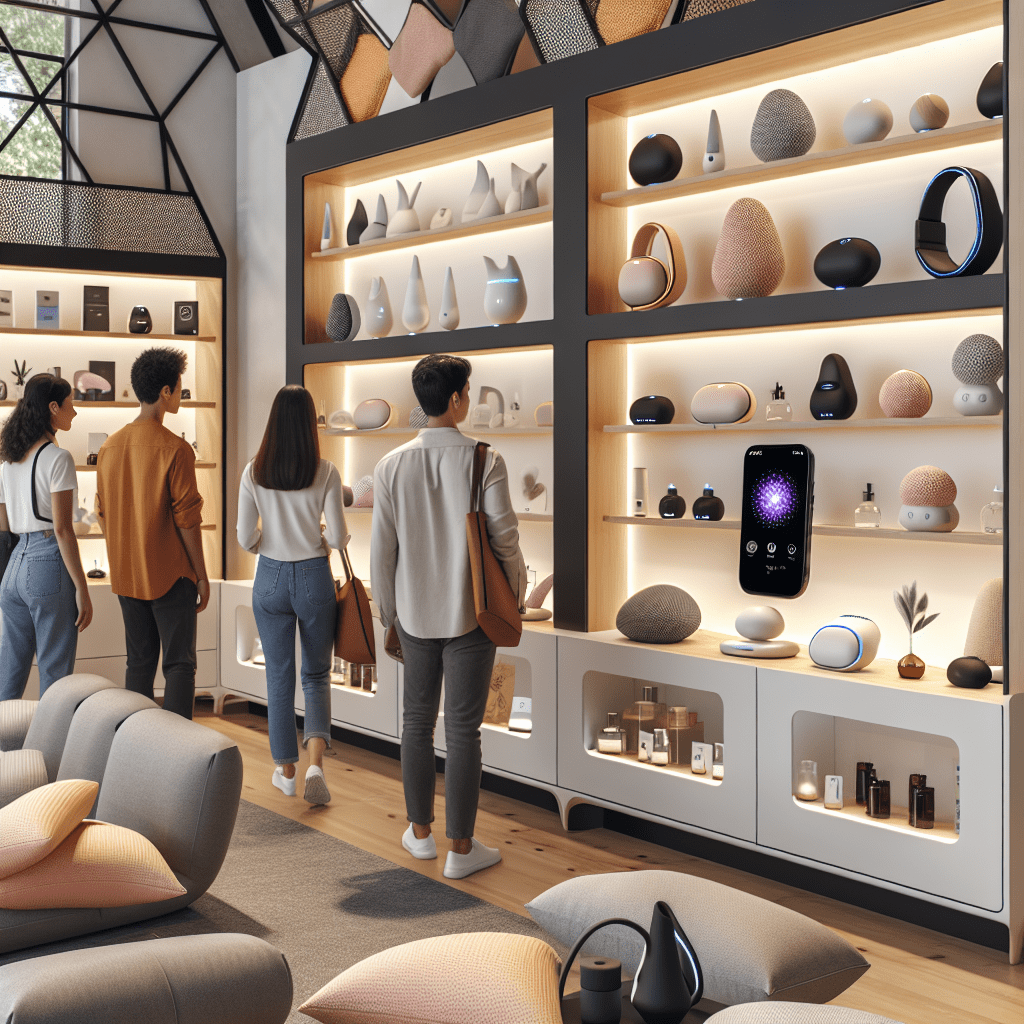
Prioritize your mental well-being daily. Enhance your life by nurturing your mental health with the Smart Meditation app. Break free from stress, alleviate anxiety, and enhance your sleep quality starting today.
Stress-Reducing Visualizations
Harnessing the Power of Mental Imagery for Stress Relief
In the hustle and bustle of modern life, stress has become a constant, unwelcome companion for many. From work deadlines to personal obligations, the relentless pace can take a toll on our mental and physical well-being. But what if we could use the power of our own minds to combat stress? Enter the realm of stress-reducing visualizations, a simple yet effective tool that anyone can use to bring about a sense of calm and relaxation. Let’s dive into how this technique works and how you can start implementing it today.
The Science Behind Visualization for Stress Reduction
Visualization, or mental imagery, isn’t just airy-fairy stuff; it’s based on solid science. When you engage in visualization, you activate specific areas of your brain, creating a physiological state akin to actually experiencing what you’re imagining. This can help lower stress by switching your brain from the fight-or-flight response to a more relaxed state. For example, visualizing a peaceful beach scene can reduce levels of cortisol, the stress hormone, and boost feelings of calm.
But how exactly can you tap into this powerful technique? Here are a few steps to get you started:
-
Find Your Happy Place: Begin by identifying a scene or environment that epitomizes relaxation for you. It could be a tranquil beach, a serene forest, or even a cozy nook in your home.
-
Engage Your Senses: The key to effective visualization is immersion. Try to imagine not just the visual elements but also the sounds, smells, and sensations associated with your peaceful scene. The more senses you engage, the more real it will feel.
-
Breathe Deeply: Incorporate deep, slow breathing into your visualization. This enhances relaxation by further reducing stress levels and improving focus.
-
Practice Regularly: Like any skill, the benefits of visualization become more profound with practice. Try to set aside a few minutes each day for this exercise, perhaps as part of a morning routine or a winding-down ritual before bed.
The Best Apps to Guide Your Visualization Journey
Don’t panic if visualizing on your own seems daunting at first. There’s a trove of apps out there designed to guide you through stress-reducing visualizations with ease. These apps often come with a variety of features, including guided imagery, calming soundscapes, and customizability to ensure your relaxation experience is just right for you. Two popular options available for both Android and IOS devices are:
-
Calm: As the name suggests, Calm offers a plethora of guided meditation sessions, including specific programs for anxiety and stress. Their “Daily Calm” sessions are perfect for incorporating visualization techniques into your daily routine.
-
Headspace: Headspace has made a name for itself with its beginner-friendly approach to meditation and stress reduction. Their app includes visualization exercises aimed at promoting relaxation and better sleep, making it a great choice for visualization newbies.
Incorporating stress-reducing visualizations into your daily life can seem like a small step, but it’s one that can lead to significant improvements in your overall well-being. Whether you’re a seasoned meditator or someone just looking to find a bit more peace in the day-to-day, visualization offers a simple, effective tool for managing stress. So why not give it a try? Your mind—and body—will thank you.





